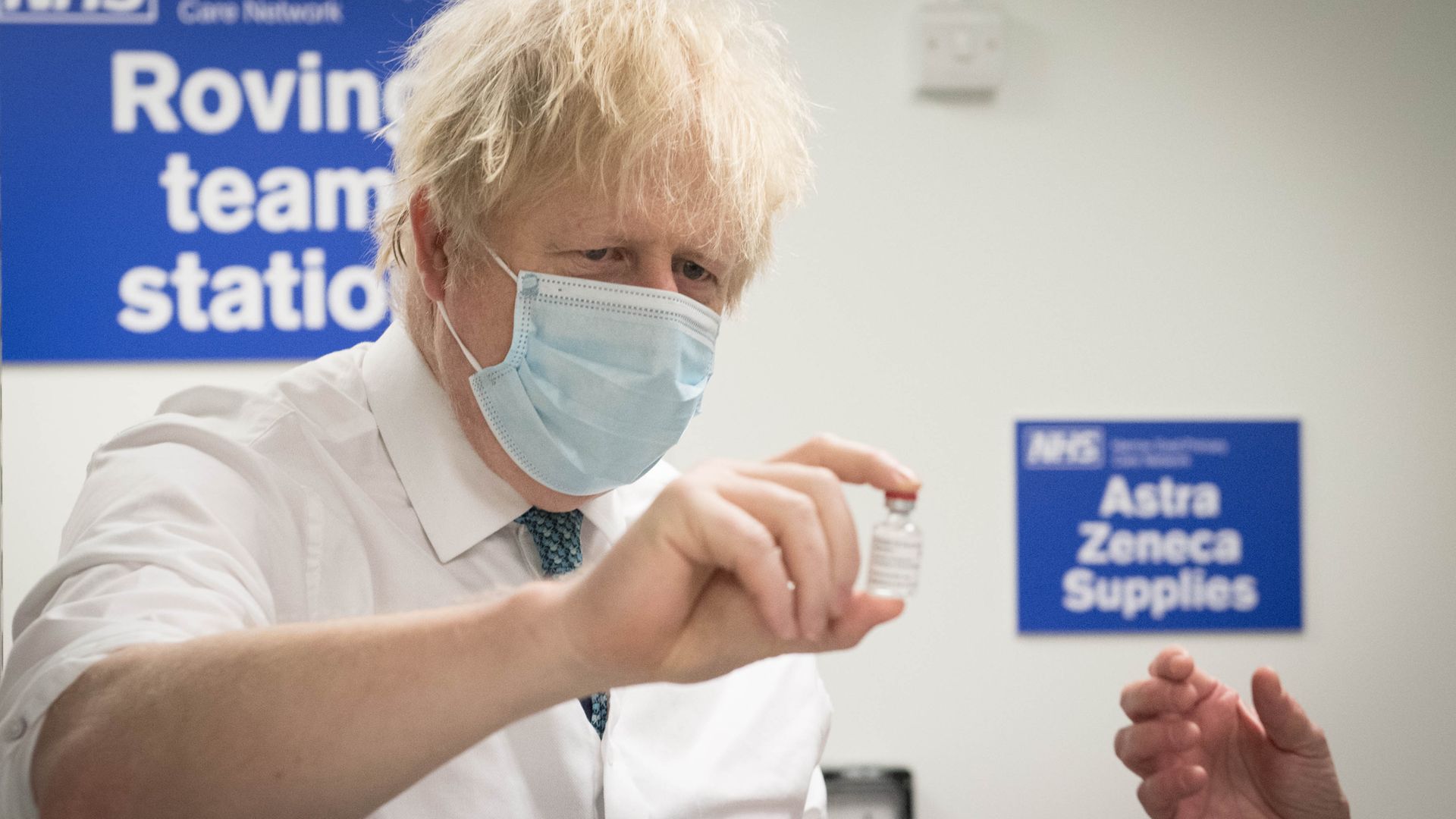The drums of war in Ukraine have driven coronavirus from the headlines – a fact rammed home when Boris Johnson held a news conference with the leaders of Canada and the Netherlands earlier this week in the room where for two years we had been hearing news of a different disaster.
As one social media wit put it: “Weird seeing Justin Trudeau at the Chris Whitty podium.”
While the brutal Russian invasion is rightly top of the agenda, the old enemy lurks still. The weekly total for Covid hospital admissions is now up 21% over the past week, and back above 8,000, according to Alastair Mclellan of the Health Service Journal.
“Hospital admissions in England are going up quite sharply and in all age groups and in all regions, led by the south-west,” concurred Professor Christina Pagel, a member of Independent Sage.
Over 60s are said to be seeing higher rates of hospitalisation, perhaps because of waning immunity, given that they were among the first groups to be vaccinated. Infections are also on the rise across England, Scotland and Wales, having declined since early January. Scientists say the dominant BA.2 sublineage of Omicron could be causing more infections, but that it’s too early to know for certain.
What is certain is that this comes after all restrictions were dropped last month by Boris Johson – a month earlier than planned – when he was beleaguered by the Partygate investigations.
“I think that this (lifting all restrictions) was done rather hastily and for political reasons,” said Simon Clarke, associate professor in cellular microbiology at Reading University. Deaths are not yet climbing, but the latest figures are a warning sign. “The big question will be answered more clearly over the next week or so,” he told me. “If there is enough immunity to keep people out of hospital – so it remains relatively mild – then society can handle it.”
If the direction of travel continues upwards – and especially if more people start to end up in intensive care – pressure will grow on the government to re-introduce at least some measures to slow this down. While the lifting of restrictions was accompanied by advice that people use “common sense” and continue to use masks wherever possible, anecdotal evidence suggests that face coverings are increasingly rare on public transport and in hospitality venues. Greater use of ventilation, avoiding crowded spaces and working from home could have helped stem infections, but there’s little sign that this is happening. The switch in focus to other news will also have minimised the perception of threat.
For Clarke, the biggest mistake was the end of advice to work at home. “If people can’t mix then they can’t transmit the virus,” he said. “So encouraging people to go back to work to satisfy the demand of some business people is causing these problems I suspect.”
The earlier the government acts, the lighter the measures needed. But few expect Johnson, who had to resist his own libertarian anti-restriction MPs and supporters through most of the pandemic, will reintroduce anti-Covid measures willingly. Even at the height of the pandemic, he didn’t have a track record of acting early.
And in any case, with mass testing being phased out after April 1, it will be more difficult to track what’s happening and produce the necessary data to support measures. This includes identifying new, and possibly more dangerous variants – the various mutations of Covid-19 have shown that there is no guarantee the virus will only get milder.
In parts of France, the Netherlands and Denmark, scientists have for the first time identified a combination of the Delta and Omicron variants. This is not yet in the UK, and it’s not certain whether this development is more dangerous, but it points to the need to be alert.
Scientists worry that on current trends, the UK will be stuck at high levels of infection for a long time, especially if people don’t self-isolate after positive tests because they are no longer legally required to. This means the NHS will be under continued pressure.
The Health Service Journal quoted the head of an NHS trust as saying that high community infection rates and bed occupancy meant the virus was spreading quickly among patients, including those medically fit to return home, ringing alarm bells.
Dangers from the virus linger. Long Covid continues to be a problem, and studies are showing that even a mild dose of coronavirus can affect the brain. Although scientists have almost miraculously invented multiple vaccines and discovered treatments, a lot is still unknown.
Covid-19 hasn’t gone away, not here nor across the globe. The worldwide death toll surpassed six million, reaching 6,004,421 by Tuesday, according to the latest World Health Organization (WHO) figures. Yet many have become inured to it.
Ed Yong, science writer for The Atlantic, highlighted how the United States, with a death rate that surpassed any other large, wealthy nation and a resultant cut in life expectancy, seems oddly unmoved. The US reported more deaths last Friday than from Hurricane Katrina, more on any two days in the week than the total from 9/11, he wrote. The real figure will be higher, given so many unreported Covid deaths. Yet the horror is no longer there:
“On May 24, 2020, as the United States passed 100,000 recorded deaths, The New York Times filled its front page with the names of the dead, describing their loss as ‘incalculable’,” Yong wrote. “Now the nation hurtles toward a milestone of 1 million. What is 10 times incalculable?”
A similar numbness seems to have taken over in Europe, especially in the UK, regardless of the hundreds of thousands who have perished. Will rising hospitalisations, and further deaths, change this? It’s not certain they will, and the mantra today is about learning to “live with” all this.
At the moment, the alert level over Covid-19 seems to be more set to ‘concern’ than ‘panic’. But the current numbers are also a sign that the laissez-faire attitude engendered by Freedom Day could come back to bite the government and vindicate those who wanted a more gradual reduction of measures. Covid didn’t just end because Johnson was in trouble and needed Red Meat for his anti-restrictions supporters. It didn’t end at all.










